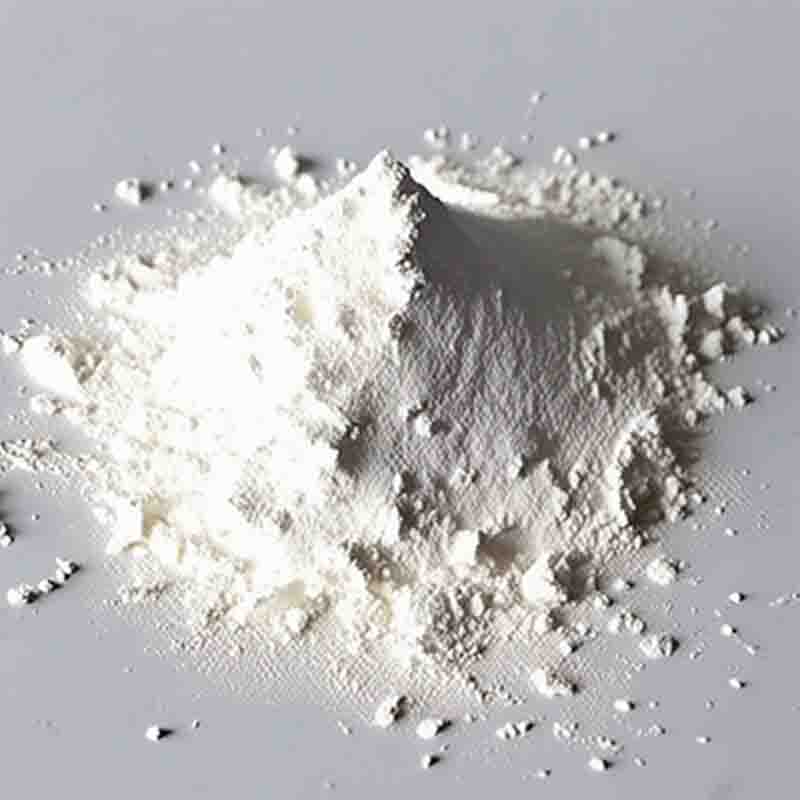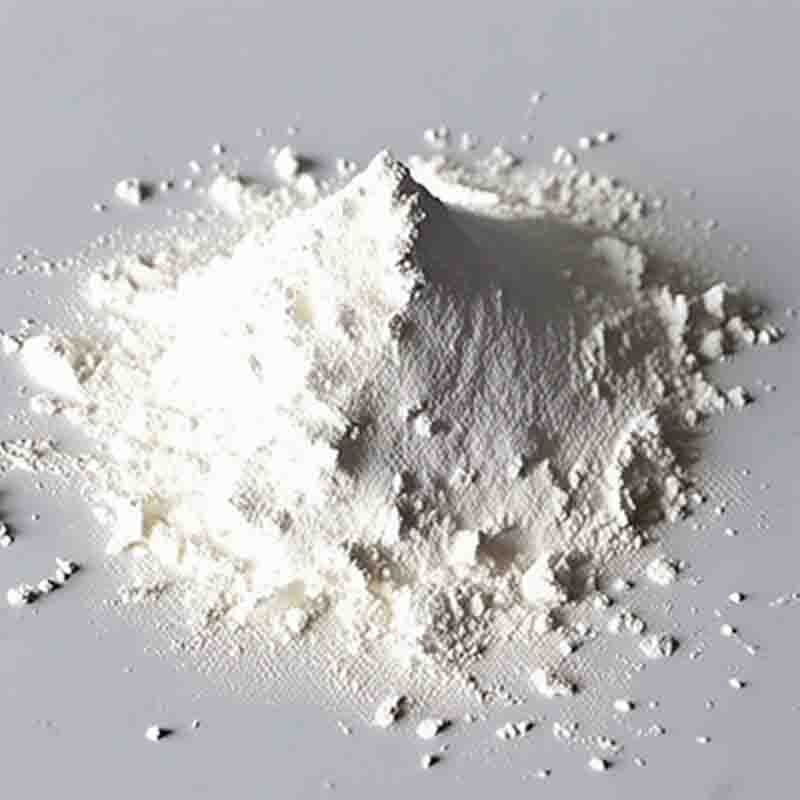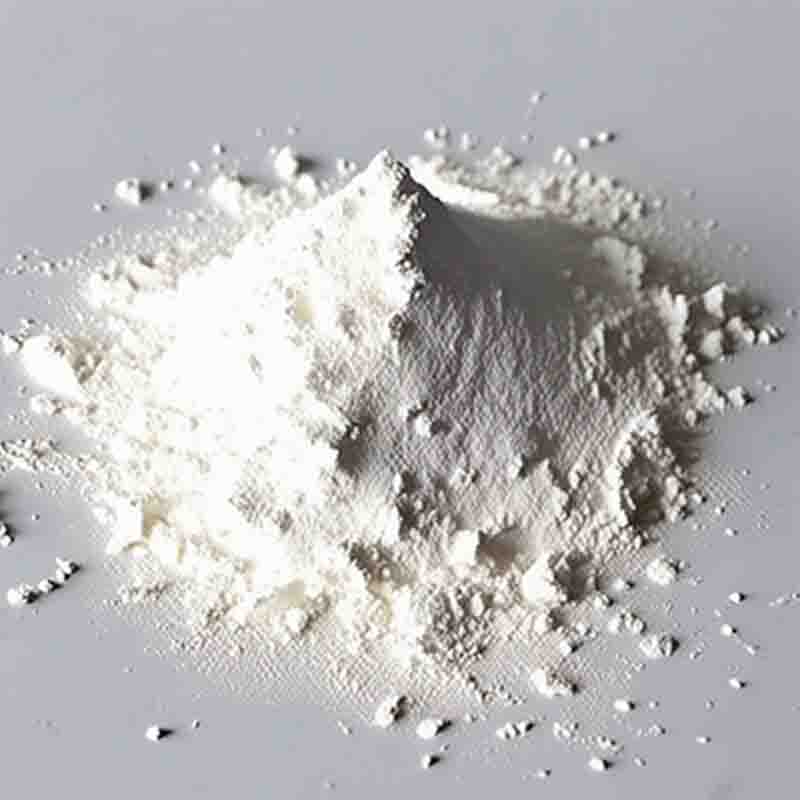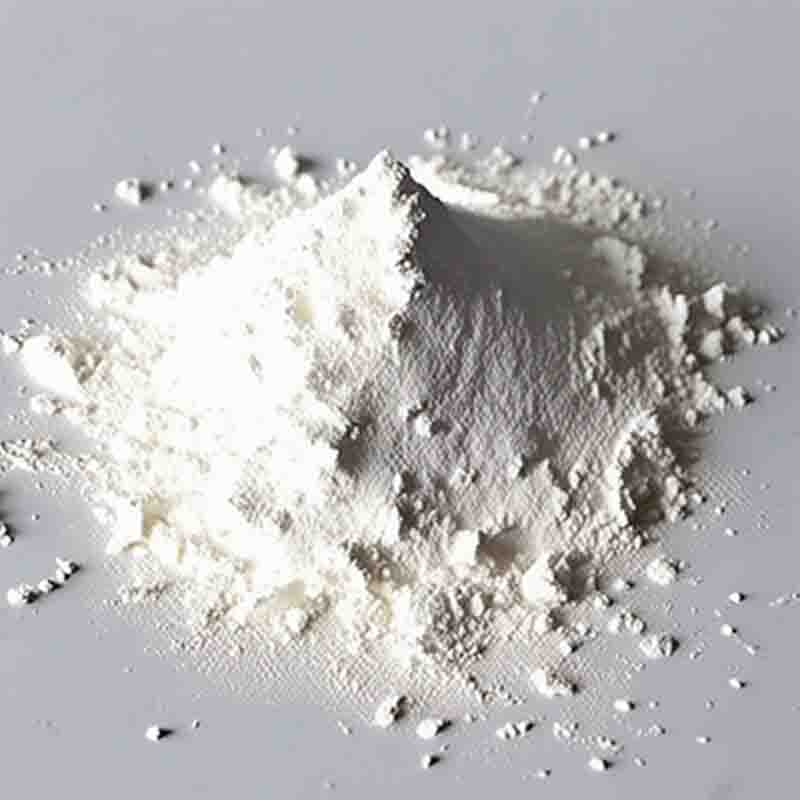2-ALLYLOXYBENZALDEHYDE CAS:28752-82-1
| Catalog Number | XD95923 |
| Product Name | 2-ALLYLOXYBENZALDEHYDE |
| CAS | 28752-82-1 |
| Molecular Formula | C10H10O2 |
| Molecular Weight | 162.19 |
| Storage Details | Ambient |
Product Specification
| Appearance | White powder |
| Assay | 99% min |
2-Allyloxybenzaldehyde is a chemical compound that exhibits various effects and applications. In this essay, we will explore some of the known effects and potential uses of 2-Allyloxybenzaldehyde within 300 words.Synthetic Applications:2-Allyloxybenzaldehyde serves as a valuable building block in organic synthesis. Its allyloxy group enables it to undergo various reactions, including nucleophilic additions, cross-coupling reactions, and cycloadditions. These transformations allow for the creation of more complex molecules for use in drug discovery, materials science, and fine chemical synthesis.Pharmaceutical Potential:Research has indicated that 2-Allyloxybenzaldehyde possesses potential therapeutic properties. It has been investigated for its inhibitory effects on certain enzymes and its potential as an anti-inflammatory agent. Additionally, its chemical structure suggests that it may have other biological activities that could be explored, such as antimicrobial or anticancer effects.Flavor and Fragrance:Due to its pleasing aroma, 2-Allyloxybenzaldehyde is sometimes employed in the fragrance industry. Its almond-like scent adds a sweet and nutty note to perfumes, cosmetics, and personal care products.Polymerization:2-Allyloxybenzaldehyde has been studied for its ability to undergo polymerization reactions. This property allows it to be used as a monomer in the synthesis of polymers with desired properties, such as biocompatibility, optical transparency, or electrical conductivity. These polymers find applications in optical devices, electronic components, and biomedical materials.Coating and Surface Modification:The allyloxy group in 2-Allyloxybenzaldehyde can react with various surface functionalities through radical addition or condensation reactions. This property makes it useful in coating applications and surface modification techniques. It can enhance the durability, stability, and functionalization of surfaces, improving properties such as adhesion, corrosion resistance, and biological compatibility.In conclusion, 2-Allyloxybenzaldehyde exhibits a range of effects and potential applications. Its versatility in organic synthesis, potential pharmaceutical properties, pleasant fragrance, and involvement in polymerization and surface modification make it a valuable compound with wide-ranging uses. Further research and exploration into its properties and applications may uncover even more possibilities for this compound in fields such as pharmaceuticals, materials science, and chemical engineering.


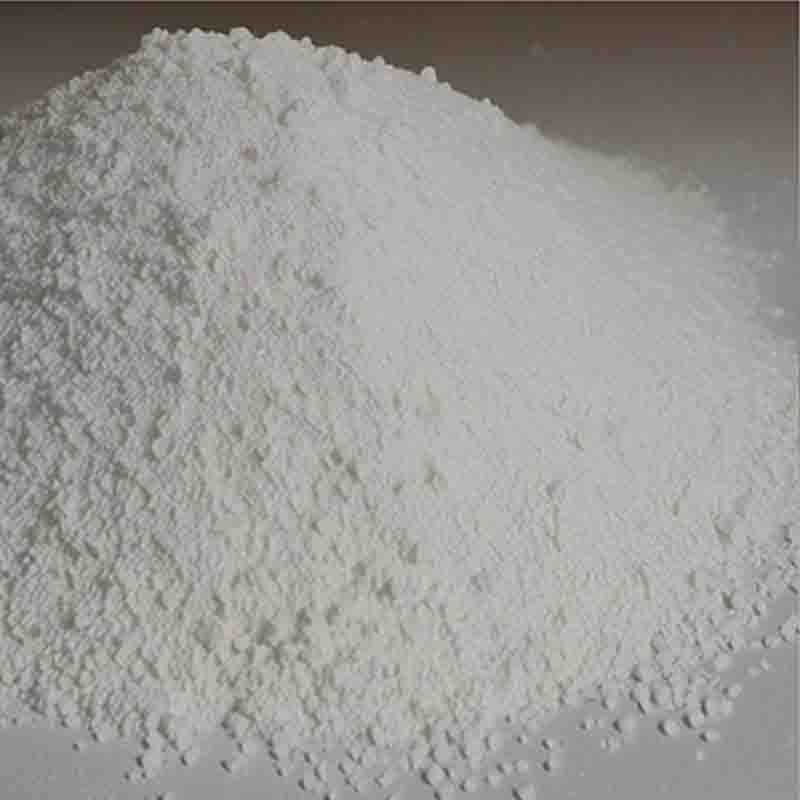

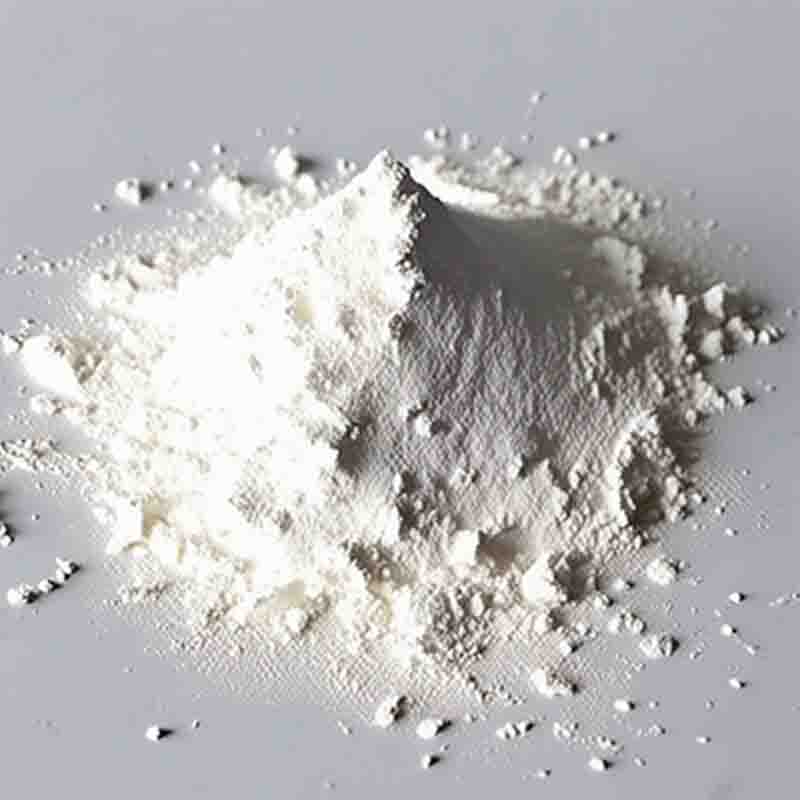
![(3S)-3-[4-[(2-Chloro-5-iodophenyl)methyl]phenoxy]tetrahydro-furan CAS: 915095-94-2](https://cdn.globalso.com/xdbiochems/白色粉末21056.jpg)
